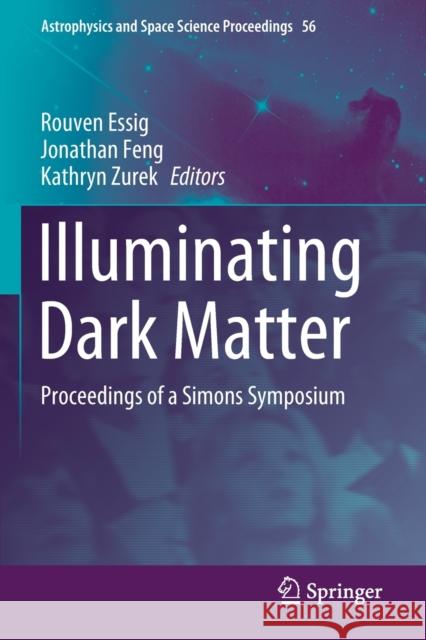Illuminating Dark Matter: Proceedings of a Simons Symposium » książka
topmenu
Illuminating Dark Matter: Proceedings of a Simons Symposium
ISBN-13: 9783030315955 / Angielski / Miękka / 2020 / 165 str.
Illuminating Dark Matter: Proceedings of a Simons Symposium
ISBN-13: 9783030315955 / Angielski / Miękka / 2020 / 165 str.
cena 402,53
(netto: 383,36 VAT: 5%)
Najniższa cena z 30 dni: 385,52
(netto: 383,36 VAT: 5%)
Najniższa cena z 30 dni: 385,52
Termin realizacji zamówienia:
ok. 22 dni roboczych.
ok. 22 dni roboczych.
Darmowa dostawa!
Kategorie BISAC:
Wydawca:
Springer
Seria wydawnicza:
Język:
Angielski
ISBN-13:
9783030315955
Rok wydania:
2020
Wydanie:
2019
Numer serii:
000337475
Ilość stron:
165
Waga:
0.26 kg
Wymiary:
23.39 x 15.6 x 0.97
Oprawa:
Miękka
Wolumenów:
01
Dodatkowe informacje:
Wydanie ilustrowane











